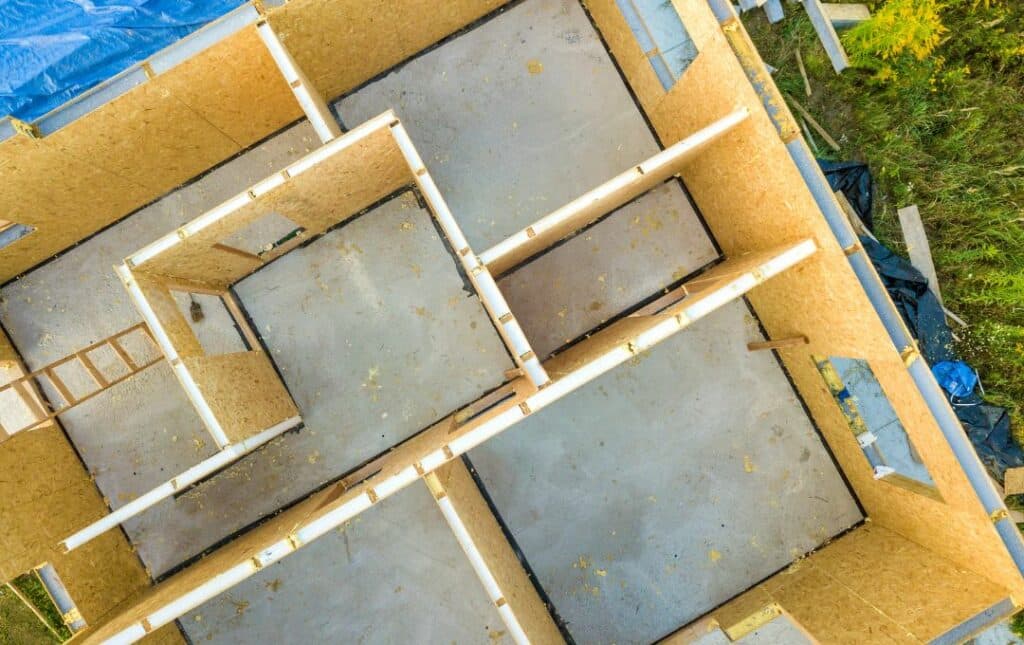Embarking on a construction venture demands a judicious selection of the suitable commercial sheathing. This pivotal choice holds the potential to significantly influence your building’s durability, energy efficiency, and overall performance. With a multitude of options at your disposal, it becomes paramount to opt for a well-informed decision that harmonizes with your project’s requisites and aspirations. Within this all-encompassing manual, we will delve into the pivotal factors guiding the selection of the apt commercial sheathing, thereby empowering you to arrive at a discerning choice that paves the way for your project’s triumph.
Understanding the Role of Commercial Sheathing
Commercial sheathing serves as the protective layer that shields your building’s framework from the elements and provides structural stability. It plays a pivotal role in preventing moisture infiltration, thermal bridging, and air leakage, all of which can compromise the integrity of your structure over time. Moreover, the right choice of sheathing material can enhance energy efficiency, contribute to indoor comfort, and reduce long-term maintenance costs.
Key Factors to Consider
Climate and Weather Resistance
The geographical location of your project greatly influences the type of sheathing material you should opt for. Regions with high humidity levels may benefit from moisture-resistant sheathing, such as exterior gypsum board or cement board, to thwart mold growth and water damage. In contrast, areas prone to extreme temperatures might necessitate insulation-integrated sheathing to bolster energy efficiency.
Structural Requirements
The nature of your project, whether it’s a low-rise commercial building or a high-rise structure, impacts the structural demands placed on your sheathing. Plywood and oriented strand board (OSB) are popular choices for their robustness and ability to distribute loads evenly, ensuring the structural integrity of your building.
Insulation and Energy Efficiency
Investing in sheathing with integrated insulation can enhance the building’s energy performance by minimizing heat transfer. Insulated sheathing materials like polyisocyanurate (polyiso) offer excellent thermal resistance, helping you meet energy code requirements and reduce heating and cooling costs.
Ease of Installation
Efficiency in construction is paramount, and selecting sheathing that is easy to handle and install can streamline the building process. Lightweight options like foam sheathing panels are not only easy to work with but also offer thermal and moisture resistance.
Fire Resistance
For projects that demand stringent fire safety standards, considering fire-resistant sheathing materials such as gypsum-based products or cementitious boards is essential. These materials can provide valuable time in the event of a fire, allowing occupants to evacuate safely and firefighters to respond effectively.
Longevity and Durability
The durability of your commercial sheathing directly impacts the lifespan of your building. Investing in materials with proven long-term performance, such as pressure-treated plywood or fiber cement board, can safeguard your project against premature deterioration.
Conclusion
In the realm of commercial construction, the significance of choosing the right sheathing cannot be overstated. It’s a decision that requires careful consideration of factors such as climate, structural requirements, insulation, ease of installation, fire resistance, and longevity. By assessing these key aspects and selecting a sheathing material that aligns with your project’s unique needs, you’re not only ensuring the durability and performance of your building but also contributing to its overall energy efficiency and comfort. Remember, the right commercial sheathing isn’t just a protective layer—it’s a foundation for success.


